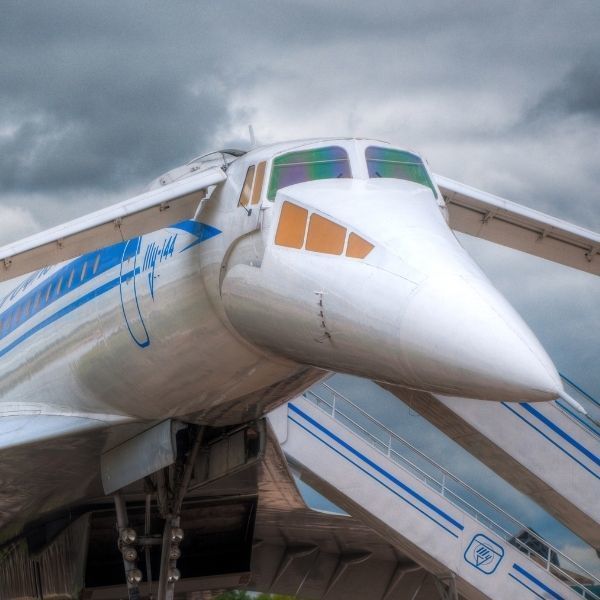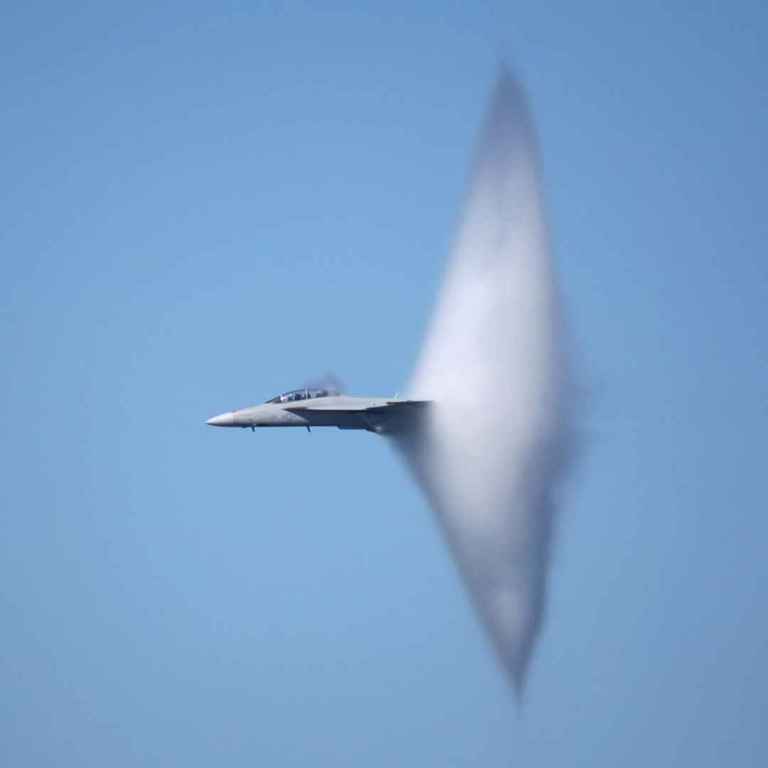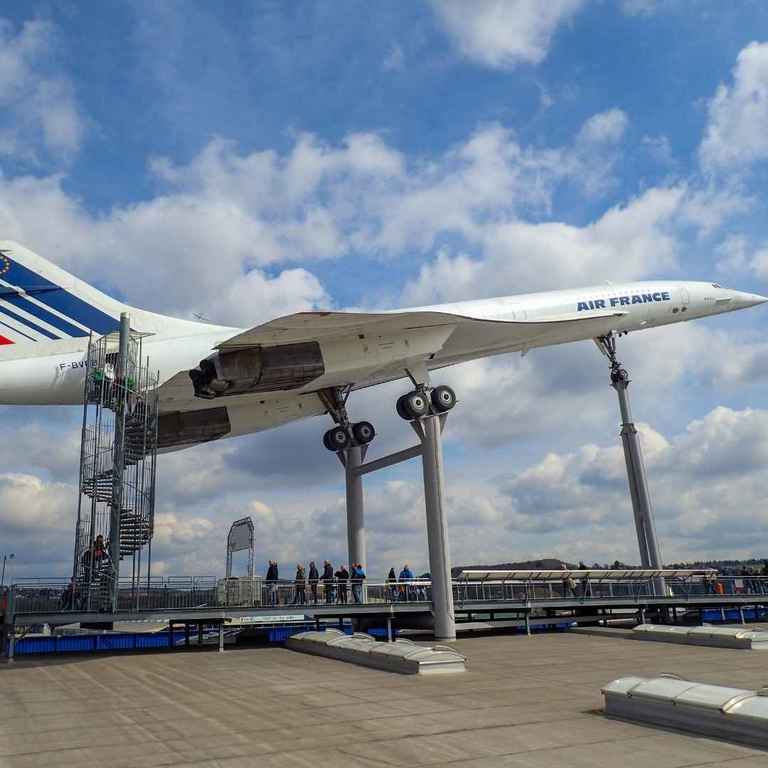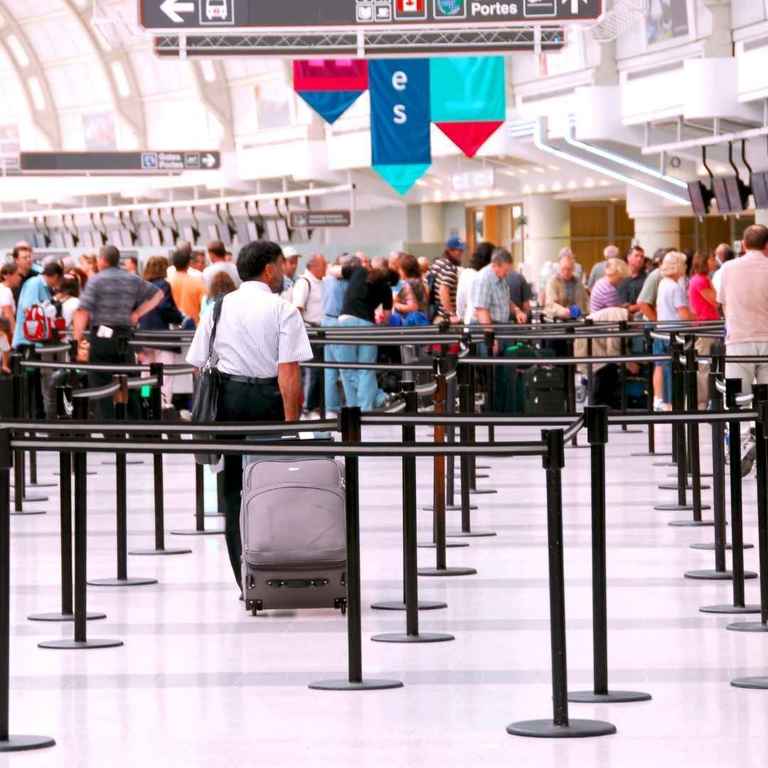It’s hard to believe that for 27 years, humans were able to fly at supersonic speeds.
From 1976 to 2003, air travel was twice as fast as it is today, thanks to the Concorde, a brilliantly designed British-French passenger plane that could fly at supersonic speeds.
During the supersonic era, a Concorde flight from New York to London would take just 3.5 hours instead of the 7 hours that it currently takes.

So you're probably wondering why supersonic flights don't exist right now.
The answer is simple: their business model simply did not work. Routes were severely limited for the Concorde because of one main problem, the sonic boom.

The deafening thunderclap noise emitted by the aircraft when breaking the sound barrier would often break windows, crack plaster, and generally wreck havoc on homes that it flew over.
As a result, the FAA prohibited all civilian supersonic aircrafts from flying over land, preventing airliners like the Concorde from accessing highly profitable business routes.
Then following the deaths of 113 people in a Concorde crash in 2000, as well as operating in a depressed travel industry following 9/11, and the fluctuating profitability due to the inherent problems we noted above, British Airways and Air France decided to retire the Concorde in 2003.

But could supersonic air travel be making a comeback?
Since 2003, NASA has been working hard to tame the sonic boom. The plan is to reduce the boom to a "sonic thump" no louder than a car door slamming 20 feet away. And, while there is still work to be done, NASA has made several strides in their efforts to re-establish supersonic travel, which you can read about here.
Additionally, earlier this year United Airlines announced that it would purchase 15 supersonic planes from a company called Boom.
Boom’s goal is to deliver passengers anywhere in the world within four hours for $100.
Boom is currently focused on developing a sustainable supersonic business with planes that are faster, cheaper, and environmentally friendly. Their method for producing supersonic aircrafts is far more efficient than the Concorde, allowing Boom to operate for 75% less than the Concorde, with the ultimate goal of being 95% less expensive.
Currently, Boom's plan is to only service international routes so that they won't have to worry about the FAA regulations.
Having said that, Boom and other similar companies will simply have a much better chance of survival if they can fly lucrative domestic business routes.
And, if NASA and aviation entrepreneurs have anything to say about it, their hard work should eventually be enough to persuade the FAA to lift the ban, paving the way for a sustainable world of supersonic air travel.
